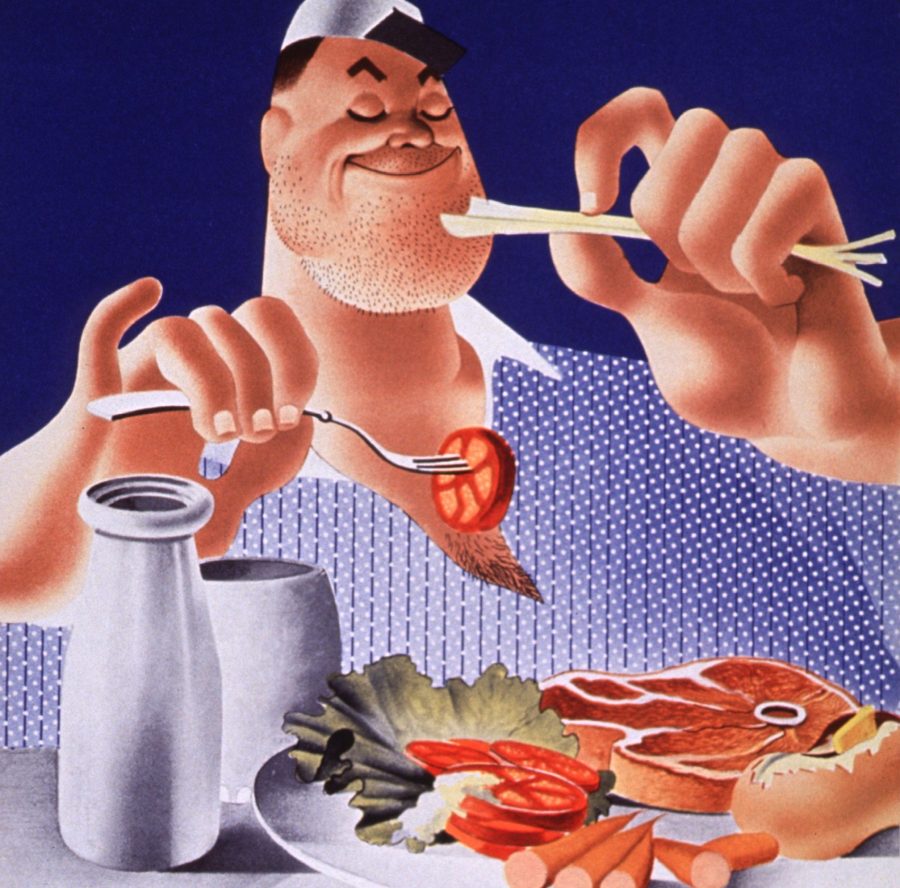Rethinking Fat as a Class Issue: Current Insights from Studies in Social-Epidemiology

Prevailing voices in the public and health sciences state that lower class people are much more likely to become “overweight” compared to their “middle” and “high class” counterparts. In this sense, the so-called “obesity epidemic” becomes inseparable from the discussion of class, and the equation remains clear: “the poor are fat and the fat are poor.” In order to explain the link between class and body weight, people generally refer to two assumptions about poor people: they have less access to healthy food and they don’t know which food is healthy. Over the last decades, studies that explore the social determinants of health and illness in populations (“social-epidemiology”) have particularly discussed this relation between food and fatness as a class…



